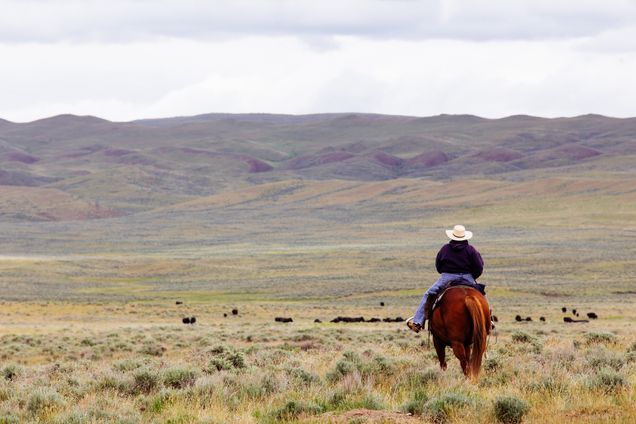Nationwide Shift to Grass-Fed Beef Requires Larger Cattle Population

In the United States, there is growing interest in producing more beef from cattle raised in exclusively pasture-based systems, rather than grain-finishing feedlot systems, due to the perception that it is more environmentally sustainable. Yet, existing understanding of the environmental impacts of exclusively pasture-based systems is limited by a lack of clarity about cattle herd dynamics.
A journal article in Environmental Research Letters by Matthew N. Hayek and Rachael Garrett describes a model that measures a nationwide transition from grain to grass-finishing systems using demographics of present-day beef cattle. Given that the contemporary state of cattle production is largely grain and feedlot based, this constitutes a significant shift to scale grass-based operations at the maximum level.
The authors found that a transition towards grass-finished beef cattle production would require a large increase in the US cattle population, both in finishing cattle and cow-calf herd populations, to accommodate slower fattening rates and lower slaughter weights.
The authors further concluded that US demand in an entirely grass- and forage-raised beef scenario can only be met domestically if beef consumption is reduced, due to higher prices or other factors. If beef consumption is not reduced and is instead satisfied by greater imports of grass-fed beef, a switch to purely grass-fed systems would likely result in higher environmental costs, including higher overall methane emissions. Thus, only reductions in beef consumption can guarantee reductions in the environmental impact of US food systems.
Read the Journal Article